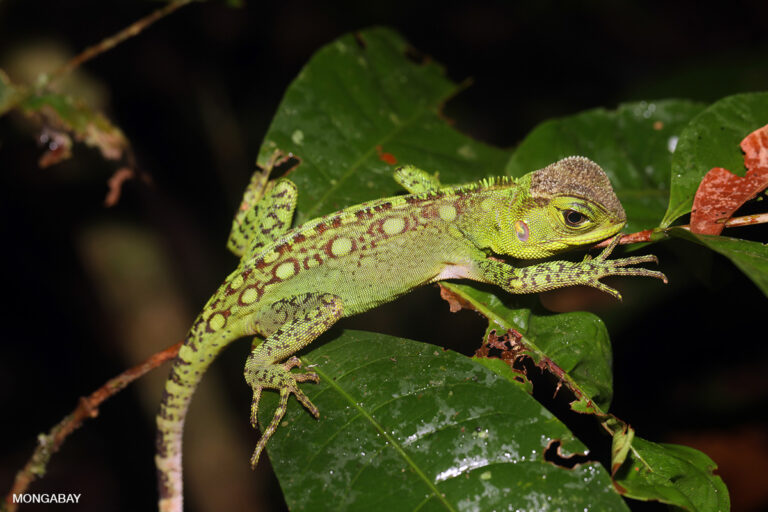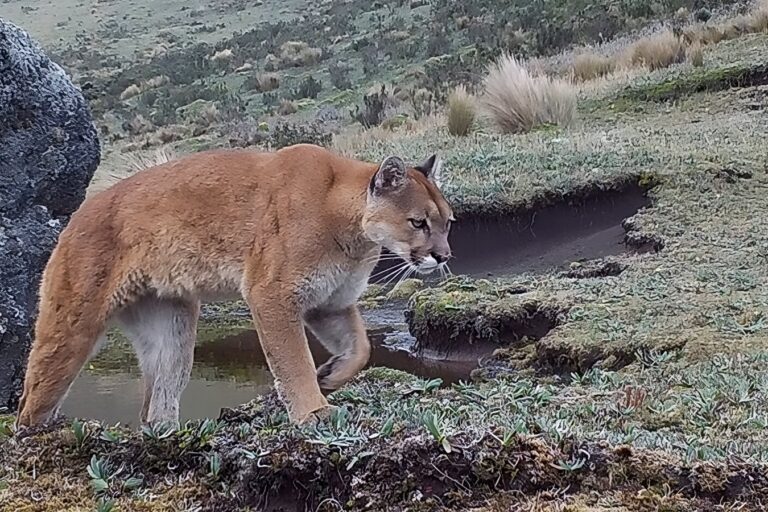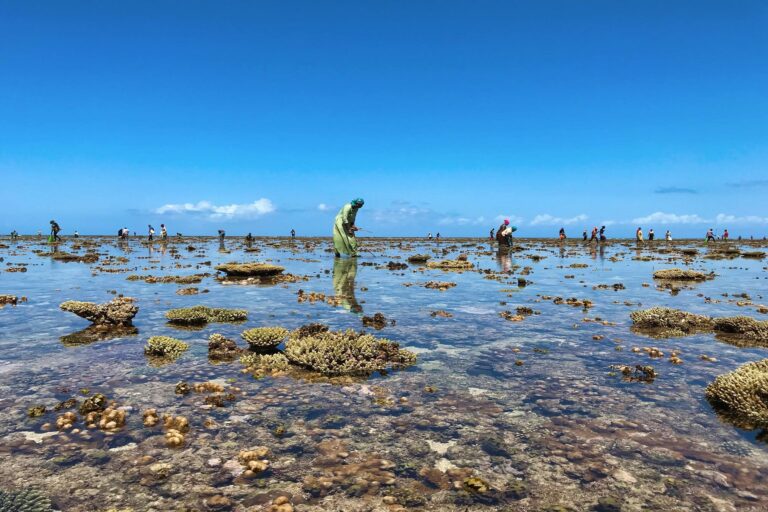- The IUCN World Conservation Congress last week passed a motion urging all IUCN members to support the transfer of all eight pangolin species from Appendix II to Appendix I of the Convention on International Trade in Endangered Species of Wild Fauna and Flora (CITES).
- The next CITES conference begins in late September.
- The motion was proposed by the Natural Resources Defense Council (NRDC), with 18 co-sponsors, and adopted with a majority of IUCN members.
Governments and NGOs are pushing to ban the commercial trade in pangolins, the world’s most trafficked mammal.
They passed a motion last week at the IUCN World Conservation Congress in Hawaii urging all IUCN members to support the transfer of all eight pangolin species from Appendix II to Appendix I of the Convention on International Trade in Endangered Species of Wild Fauna and Flora (CITES), a multilateral treaty to protect endangered plants and animals. That could happen at the upcoming CITES conference, to take place in South Africa later this month.
Appendix 1 means the species cannot be commercially traded. Trade in species listed in Appendix 2 must be strictly controlled.
The motion was proposed by the Natural Resources Defense Council (NRDC), with 18 co-sponsors, and adopted with a majority of IUCN members.
“The number of pangolins being slaughtered for their meat and scales is sickening,” said Elly Pepper, deputy director of NRDC’s wildlife trade initiative in a press release. “These animals aren’t a delicacy or a medicine; they are living, breathing creatures that won’t be around much longer if we don’t do something soon. It’s critical that the conservation world — and delegates at CITES — increase protections for all eight species of pangolins if we want to ensure their survival.”

The pangolin is an anteater-like creature found in Asia and Africa. They are hunted for their meat and scales, believed in China and Vietnam to have healing properties.
The eight species are the Chinese pangolin (Manis pentadactyla), Indian pangolin (Manis crassicaudata), Philippine pangolin (Manis culionensis), Sunda pangolin (Manis javanica), Giant pangolin (Smutsia gigantea), tree pangolin (Phataginus tricuspis), Ground pangolin (Smutsia temminckii), and Long-tailed pangolin (Phataginus tetradactyla).
Nguyen Van Thai, executive director of Save Vietnam’s Wildlife, an NGO, said that demand for the creature remained high, with 14 percent of Vietnamese eating its meat and 5 percent using its scales for medicine.
Traditionally, he told Mongabay, “when [young] people get sick, they don’t go to doctors but to their parents, who advise them to eat pangolin meat rather than modern medicine.”
While Vietnamese law protects the Chinese pangolin (Manis pentadactyla) and the Sunda pangolin (Manis javanica), customs agents cannot easily distinguish between the frozen meat and scales of different species. “Anytime they confiscate, they must do a DNA analysis to make punishment — that’s hard,” said Nguyen Van Thai. “So, if you make the same protection level, you don’t care which pangolin and just apply the same punishment. Make everything easy for law enforcement.”

The pangolin trade is already banned in Indonesia, home of the critically endangered Sunda pangolin. Neither can the creature be domesticated in the archipelago.
According to the Wildlife Conservation Society (WCS), however, 1 million frozen pangolins were exported from Indonesia in the last decade. A few days before IUCN congress, authorities on the Indonesian island of Java found 657 pangolins vacuum-sealed and hidden in freezers in a house.
Each one of those pangolins was worth about 1 million rupiah ($77), “easy money compared to driving a pedicab,” Puja Utama, head of species preservation at the Indonesian forestry ministry, told Mongabay at the IUCN conference.
Indonesia did not oppose the IUCN resolution, according to Tachrir Fathoni, director of ecosystem conservation at the Indonesian environment ministry. He told Mongabay he planned to consult with scientists on the issue and that he hoped to “see the population spread whether it’s time to move to Appendix 1 or not.”













